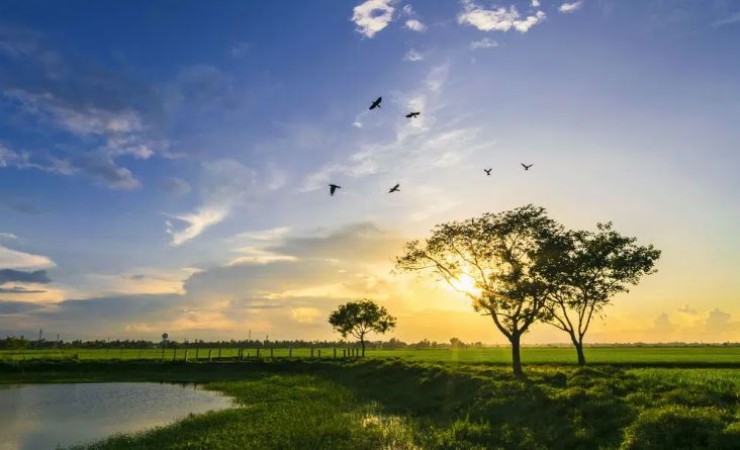
Climate change poses a grave threat to the delicate balance of nature, leading to increased risks to natural resources and biodiversity. As the world grapples with the consequences of global warming, it becomes imperative to implement sustainable practices that conserve natural resources and protect biodiversity. In this article, we will explore effective strategies to address climate challenges while safeguarding the earth's precious ecosystems and wildlife.
Sustainable Resource Management:
Implement sustainable management practices for natural resources such as water, soil, and forests. This involves responsible usage, replenishment efforts, and reducing waste to ensure the longevity of these vital resources.
Promoting Renewable Energy:
Transition from fossil fuels to renewable energy sources like solar, wind, and hydropower. Embracing clean energy reduces greenhouse gas emissions and mitigates climate change impacts on ecosystems.
Reforestation and Afforestation:
Undertake reforestation and afforestation initiatives to restore degraded forests and establish new forest areas. Trees play a crucial role in carbon sequestration and maintaining biodiversity.
Protecting Wildlife Habitats:
Preserve and protect wildlife habitats to support biodiversity. Creating sanctuaries and protected areas safeguards vulnerable species and their natural habitats from the effects of climate change.
Sustainable Agriculture and Fisheries:
Encourage sustainable practices in agriculture and fisheries to maintain ecosystem balance. Practices like organic farming and responsible fishing ensure the long-term viability of food production without harming ecosystems.
Conservation Education and Awareness:
Promote education and awareness about the importance of biodiversity and natural resource conservation. Empower communities to become stewards of their environment and participate in conservation efforts.
Reducing Pollution:
Address pollution at its source, including air, water, and plastic pollution. Reducing pollution mitigates the detrimental effects on natural resources and helps protect biodiversity.
Implementing Climate Adaptation Measures:
Integrate climate adaptation strategies into conservation plans. Identifying and addressing climate vulnerabilities helps ecosystems and wildlife adapt to changing conditions.
Sustainable Land Use Planning:
Adopt sustainable land use practices to balance development with conservation. Planning infrastructure and urban growth with consideration for nature preserves natural resources and promotes biodiversity.
Fostering Collaboration and Partnerships:
Collaborate with governments, NGOs, and local communities to promote conservation initiatives. Partnerships facilitate comprehensive approaches to address climate challenges and protect biodiversity.
Confronting climate change requires concerted efforts to conserve natural resources and protect biodiversity. By adopting sustainable practices, promoting renewable energy, preserving wildlife habitats, and reducing pollution, we can mitigate the impact of climate change on ecosystems. Emphasizing conservation education, implementing climate adaptation measures, and fostering collaboration further enhance our ability to safeguard the earth's precious resources and diverse life forms. Together, we can pave the way for a sustainable future that nurtures both the planet and its inhabitants.
Kolkata raising heads up for the 76th Independence Day which is round the corner
Barbie Movie Struggles in India, Targets USD1 Billion Global Box Office